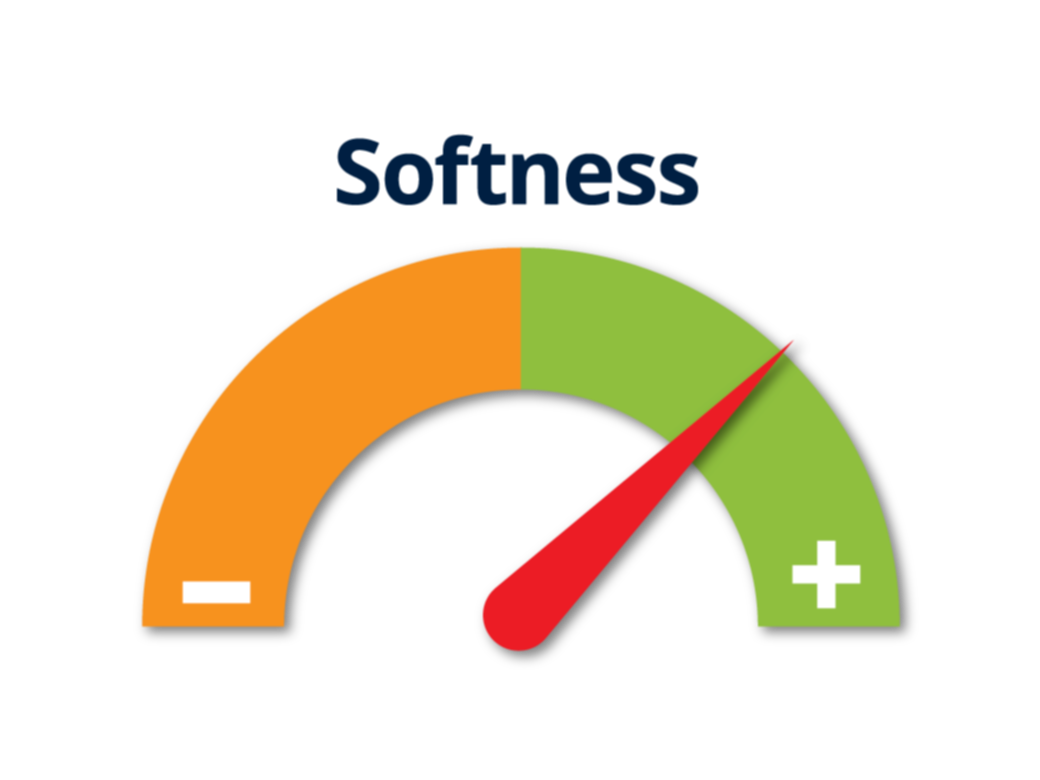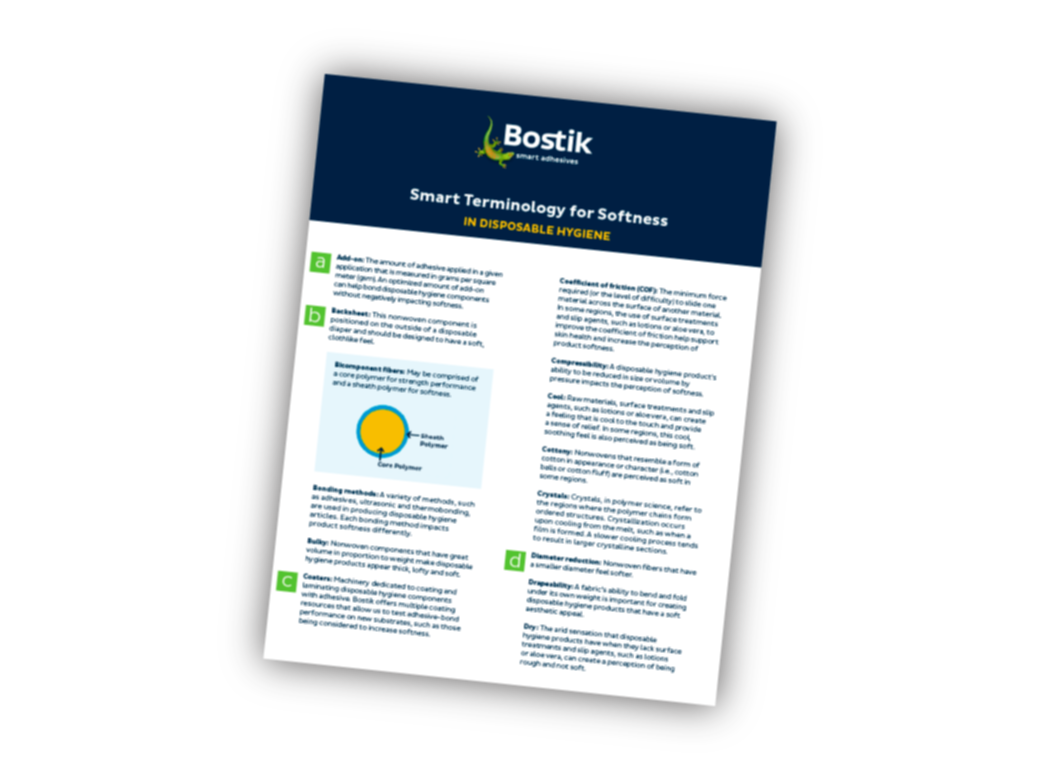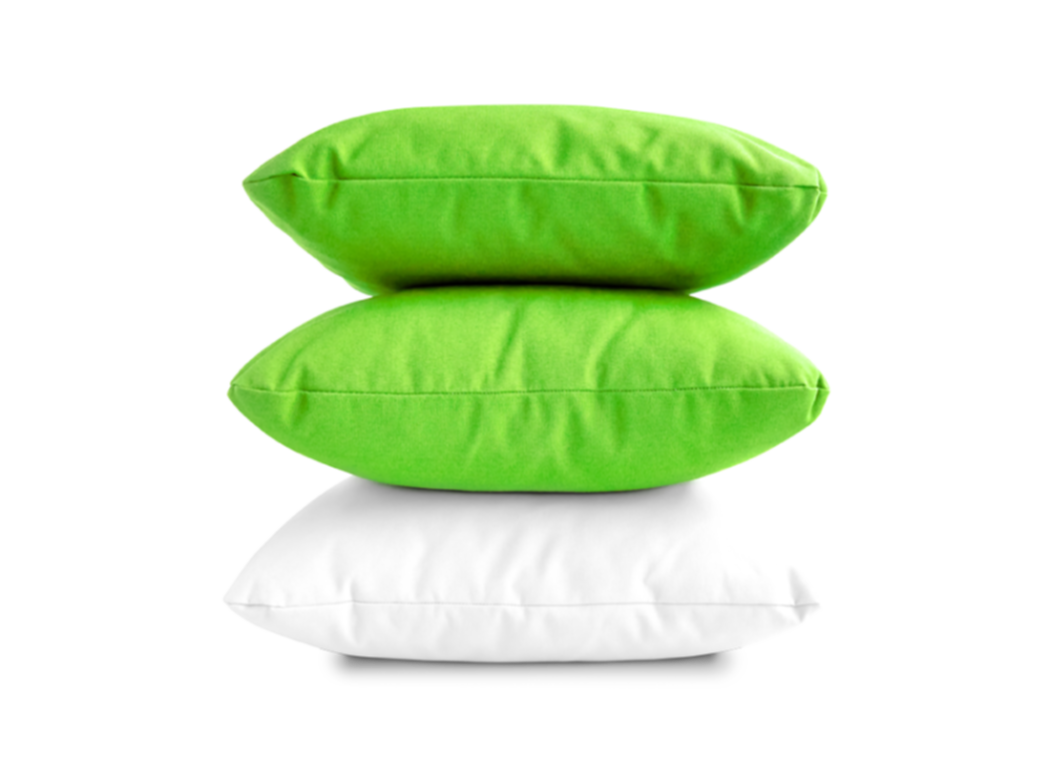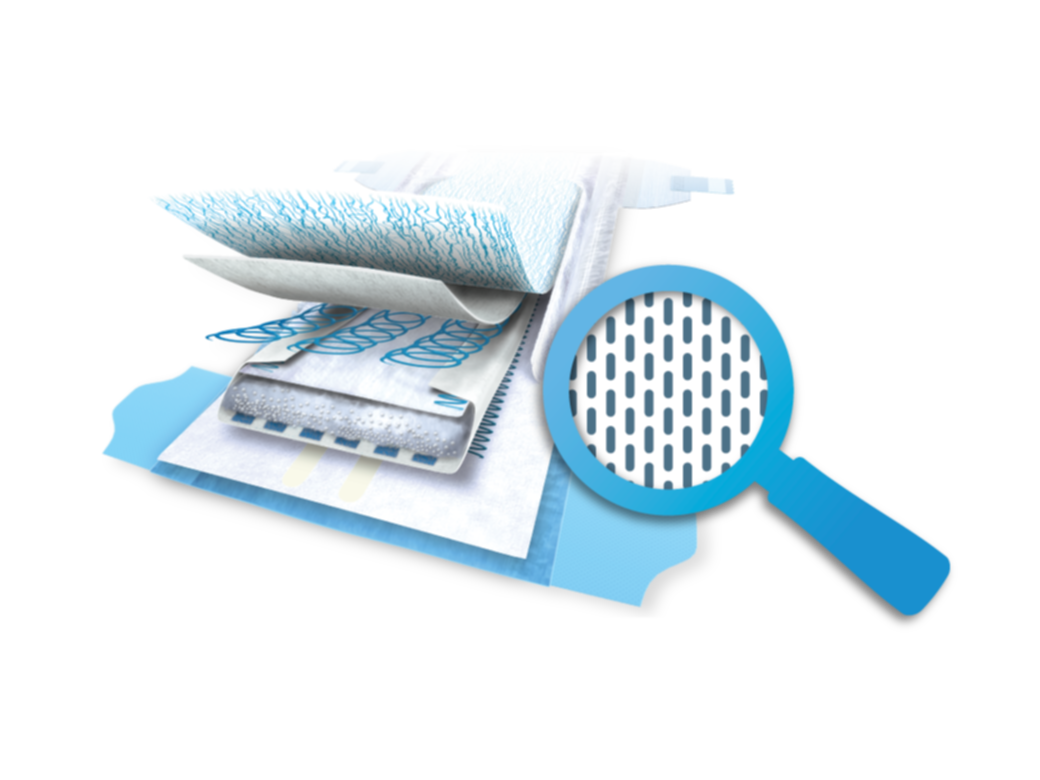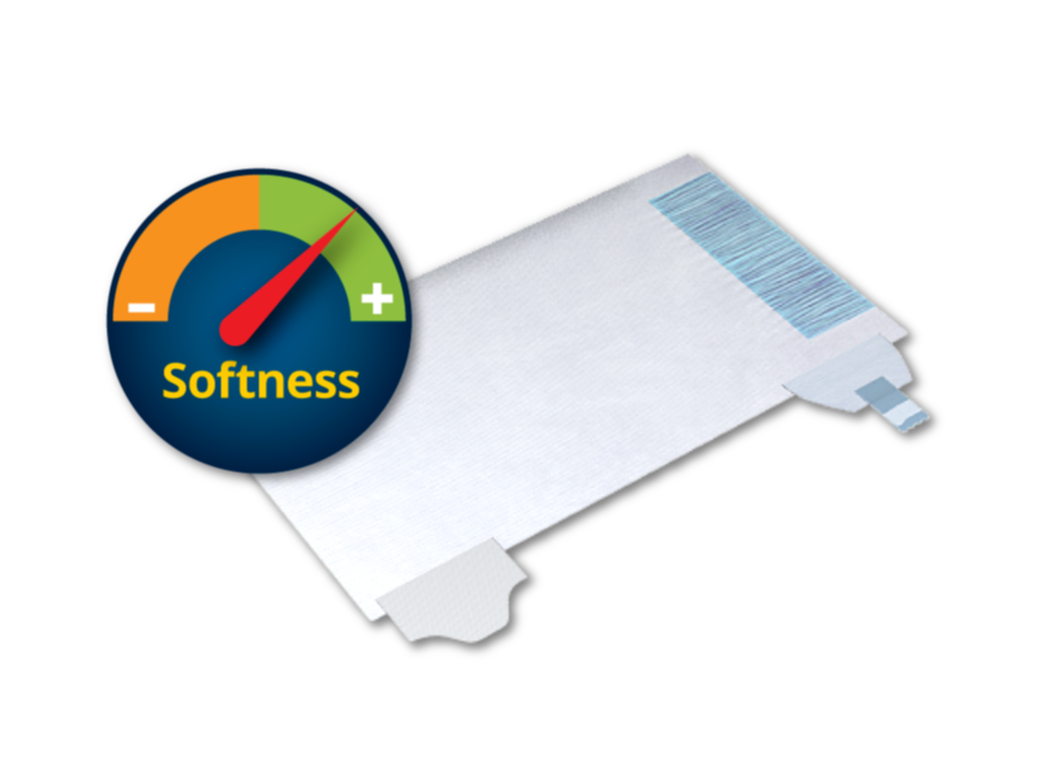Manufacturing Processes for Achieving Greater Softness
The feel, look and sound of disposable hygiene products before use can greatly affect consumer perceptions of softness. That makes it critical for disposable hygiene manufacturers to understand and evaluate their own production processes for impact on softness. It is equally important they have a clear understanding of how the production processes used for their raw materials can also help achieve greater softness.
One of the first areas to look at is the process for creating nonwoven fabrics. The film is also important, but for the end user/consumer, nonwoven fabrics are the materials that make disposable hygiene products feel like cotton rather than plastic. The softness of the product and how it feels in the consumer’s hand are key to the product’s success.
Nonwoven fabric manufacturing process and its impact on softness
Nonwoven fabric is composed of fibres, but the fibres are not woven together. They are bonded together to create a fabric with the proper mechanical and haptic properties relating to the sense of touch. Therefore, it is critical to differentiate in every nonwoven we look at how the fibres were laid and how they were bonded.
Laying the fibres to make a nonwoven can be done in three ways:
- Spunlaid
- Drylaid (carded or airlaid)
- Wetlaid
Once the fibres are laid into a mat, they need to be bonded. This can be done through:
- Chemical bonding
- Thermal bonding (calendar or air-through)
- Mechanical bonding (hydro-entanglement or needle-punch)
In theory, all laying technologies could be combined with any bonding technology. This leads to a variety of options with various mechanical, visual and haptic properties. The reality is that only a few major combinations exist.
In the disposable hygiene market, the main manufacturing process associates spunlaid and thermal bonding. This laying process does not use pre-formed fibres like others. Rather it uses the raw polymers, in pellets. They are melted and extruded through spinning dies and transformed into fibres that are directly formed into a mat.
Depending on the viscosity of the polymer in the molten state and the system used after the spinning dies, the fibres have different configurations. With a high viscosity polymer, the fibres are relatively thick and rigid. In this case they are further drawn to a thinner diameter and laid on a conveyor belt as continuous fibres in a random arrangement. This is called the “spunbond” process.
For lower viscosity polymers, the fibres are thinner. They are put through high velocity and temperature air blowing. This thins the fibres down further while cutting them and bringing them on the conveyor belt in a random manner. This is the “meltblown” process.
In most cases, these two manufacturing processes are combined to make multi-layer materials with one layer of meltblown between two layers of spunbond. This creates a Spunbond – Meltblown – Spunbond fabric with the acronym SMS. The “S” layers provide cohesion, while the “M” layers provide a fluid barrier effect. More complicated products have up to five layers of these two types of materials.
This is only for the laying process. The materials made by putting “spunbond” and “meltblown” layers together need to then be bonded to provide the right level of cohesive strength by linking the fibres. As said before, this is most typically done by thermal process (i.e., compressing the fiber mat through heated nip rolls, where one of the rolls is smooth and the other is embossed). The embossing on one of the rolls creates bonding points between all the layers. This provides the cohesion, while leaving space for the rest of the fabric to remain somewhat “fluffy” and soft. The goal is to create enough bonding points to ensure good cohesion of the fabrics but not too much so that the fabric has a good drape and softness. The shape of the bonding points is also important. A typical product has between 15 to 25% of its surface covered by bonding points, with either a diamond or ovoid shape.
The other laying processes require using pre-formed fibres instead of polymer pellets. The advantage of this is the ability to blend different types of fibres and to add fibres of polymers that cannot be melted, such as cellulose or cotton. This is where the formulation of the fibres used in the nonwoven can play a role on the final softness.
Other bonding processes can also provide greater softness. Air-through bonding, for example, is also a thermal bonding process. Instead of compressing the fibres between two heated rolls, the fibres are fused together by blowing hot air through the mat to create bonding points. This process results in products that feel softer because they are bulkier and more compressible. That is achieved by using bicomponent fibres that curl when heated. This “entanglement” of the fibres by hot air can similarly be done by high-pressure water (hydro-entanglement), which also provides softer products.
In general, however, the spunlaid/thermal bonding process has been optimised to lead to relatively cost-effective products when compared to the other manufacturing processes.
Softness Materials from Bostik Academy
Click the links below to sign-in and access all of our Academy materials.
